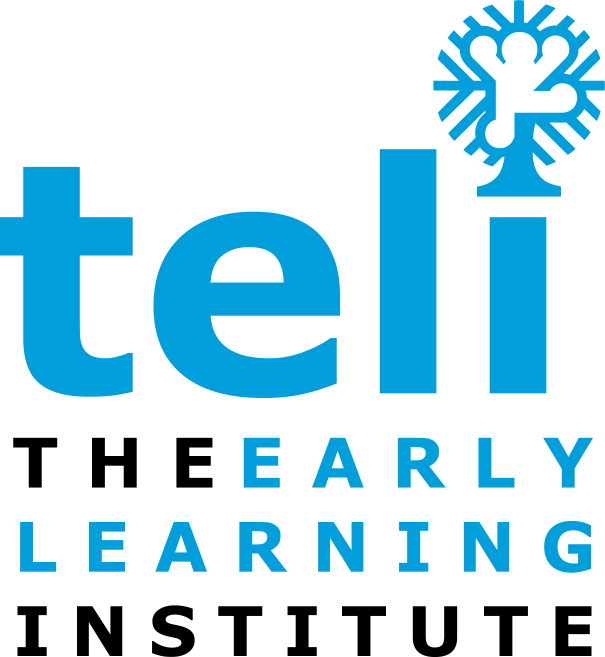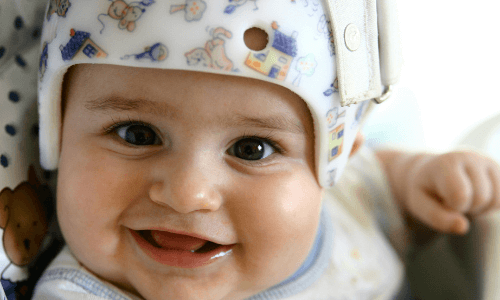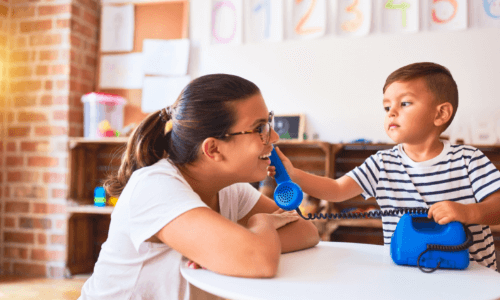 Why are silly faces important in Early Intervention?
Why are silly faces important in Early Intervention?
How do making silly faces in the mirror help my child develop speech?
How does making a sound like a car help my child to begin to form sounds?
When your child is receiving Early Intervention Services, teli therapists work to provide parents with certain activities to repeat with your child between sessions. But do you ever wonder why you are doing these activities and how they work?
Part I of our series on Early Intervention and speech development provides some valuable information from, Dana Valerio, a teli Speech Language Pathologist. “Sometimes I think parents wonder what I am doing when I am “playing” with their child. They are thinking. “How is that therapy?” Particularly with Speech therapy, there are no balls or physical exercises they can see, but we are actually exercising muscles that contribute to helping their child form sounds and eventually speech,” remarked Dana.
Helping parents to understand their child’s way of communicating is the first step for Dana, even if they are not using words. “Over my 14 years of experience at teli in Early Intervention, I always explain to parents that their child is really communicating even if they are not finding their words. ” Our goal, at teli as Speech Pathologists, is to help those children learn to understand language and how to use it to get what they need as well as express themselves,” notes Dana.
While all children may have different levels of communication skills, Dana has identified two particular Early Intervention activities and their “back story” that can help children with developmental delays to build that bridge to speech.
Early Intervention and oral exercises…Making Silly faces in the mirror
An important part of speech is to understand how to use all the tools you have to create sounds. “As part of my work at teli, we encourage children to make silly faces and imitate sounds by moving their lips, tongue, and jaw,” says Dana. “By imitating the faces and the associated sounds, a child really discovers the sound that their mouth can produce. These oral motor exercises and speech sound practice are incorporated as a fun play activity that can keep a toddler engaged. And you know how much children like seeing themselves in mirrors, they are excited about doing it over and over again, which is exactly what we want them to do.”
Early Intervention and sound development… A car goes….VROOOOM!
Learning how to respond to both verbal and physical cues can help to lay the foundation for two way communication skills. Play may be focused on identifying an animal sound or expressing excitement with “WEEEEE!” when sliding down a slide. “These activities encourage them to experiment with their voice,” notes Dana.” I may push a car to the child and say “vroom- vroom” and wait for them to respond by pushing the car back and imitating the sound. In this way we are helping them understand the action and the sound associated with that action, while at the same time practicing turn taking.”
Be sure to check back for Part II of this “Understanding Early Intervention and Speech Development” series, when we focus on other Early Intervention activities that address the difficult situation of giving your child what they want vs encouraging them to “use their words”.
Learn more about Early Intervention or Dana Valerio

 Why are silly faces important in Early Intervention?
Why are silly faces important in Early Intervention?
